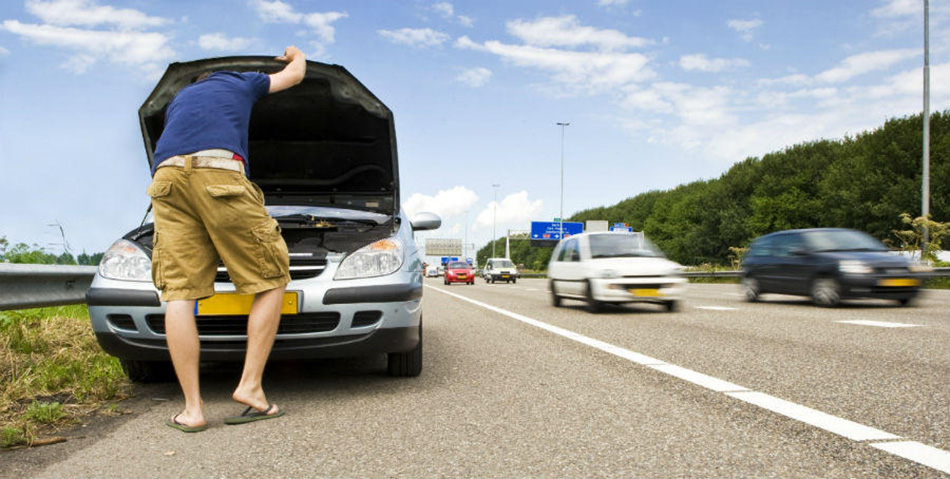
You’re driving down the freeway when all of a sudden your car starts giving you immediate problems. You hear noises, your car shakes, you smell something… Your mind starts thinking about 100 things at once, how long is the repair going to take? Will you need a payday loan or a trusted alternative in order to pay for everything? But all these things can wait because now it’s time to react.
Read More: Helpful Apps During Emergency Situations
The first thing you should do is to gently take your foot off of the gas pedal. Do not brake hard or abruptly. Create an exit strategy. If you are on a highway, try to reach the exit. That is not always possible, so try to get to the shoulder, using your rear view mirrors and signaling your intentions to oncoming traffic.
- Stop in a Safe Place. Make your car visible by turning on your interior lighting (If it’s night time) and emergency flashers. Try and position your vehicle so it is as far as possible from the oncoming traffic flow.
- Don’t Flag Down Help. While your first instinct may be to flag down another motorist for help, there are other things you should do.
- Signal for Help. Raise the hood, and if you have something white, hang it from a window or attach it to your antenna so police officers or roadside assistance vehicles can see you need help.
- Don’t Attempt to Fix the Vehicle. Even if you have some mechanical knowledge or it appears that the vehicle is in need of a quick fix, it is best to wait for a professional to arrive.
- Exit the Vehicle Safely. Stay in your car with the doors locked if you are parked in a safe place. If not, stay far away from your vehicle. Do not stand behind, in front or close to your car. Pay attention to when and how you exit the vehicle. With fast-moving traffic, you will not want to exit through the driver side and put yourself at risk of being struck by an inattentive driver. It is much safer to always exit from the passenger side, away from traffic.
- Contact Help. If you do not have a mobile phone with you and are not travelling with someone who does, try and find an SOS phone; these are phones located approximately every mile along most major highways for just this purpose. They are identifiable by their bright orange phone boxes. They are directly connected to the police or relevant Highway Agency and can provide you with assistance.
- Be Patient. It is difficult to stay patient in these kinds of situations, but it is safest to wait for help to arrive. In most metropolitan areas with heavy traffic, highways are patrolled by police and roadside-assistance vehicles, so help is bound to arrive.
- Dial ‘511’. If you are not a member of a roadside assistance program, dial ‘511’ and say ‘freeway aid’ or ‘roadside assistance’. Freeway service patrol services will assist you at no cost during peak-traffic times. If you are stranded during non-peak traffic times, you will be assisted by a rotational tow instead, at your cost.
- Call ‘911’ when Necessary. The Freeway Service Patrol is there to help in non-emergent situations, so if you have been involved in a collision or are stuck in live traffic or a dangerous situation, call ‘911’ so that the highway patrol can reach you as quickly as possible.
- Keep Pertinent Papers in the Vehicle. Be sure you have a copy of your registration, any roadside assistance program you are a member of, as well as your vehicle insurance policy inside the vehicle.
Accident attorney, Matthew C. Hines, cares about your safety and spreading awareness of the possible injuries you can face during a vehicle breakdown. If you have any questions or concerns regarding an accident or breakdown you were injured in, please give Matthew C. Hines a call today to book your free consultation.
Best Resources :
- When Can A Police Officer Stop Your Vehicle?
- What Happens When You Are A Passenger In An Accident?
- Pedestrian Accidents On The Rise
